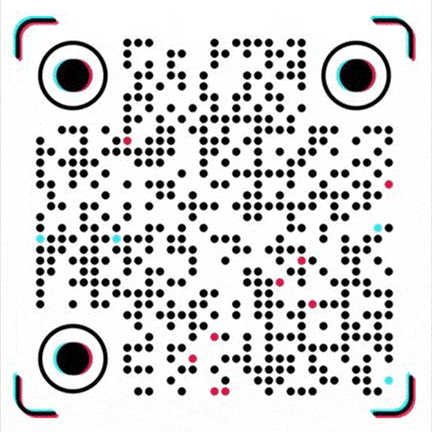PP Recycling: Key Processes
Polypropylene (PP), as one of the most produced general-purpose thermoplastics in the world, is widely used in packaging, automobiles, home appliances and other fields. With the continuous increase in the consumption of plastic products, the polypropylene recycling process has become a key technology to alleviate resource shortages and environmental pollution.
The current mainstream PP recycling process mainly includes two core links: high-temperature impurity removal and vacuum curing. Through this series of operations, recycled PP can be mixed with virgin PP at a ratio of 50% to achieve efficient resource circulation.
In the first step of PP recycling - high-temperature impurity removal, heating the waste plastic to 250°C is of great significance. This temperature range can effectively cause the organic impurities such as ink, coating, adhesive attached to the surface of PP to undergo thermal decomposition and volatilization, while melting the mixed low-melting point impurities such as PE (polyethylene) and PS (polystyrene).
These impurities can be separated from PP through mechanical stirring and air purge. It is worth noting that 250°C is close to the thermal decomposition temperature of PP (about 300°C), but in actual operation, the heating time and heating rate will be strictly controlled and carried out under the protection of inert gas (such as nitrogen) to prevent PP from degradation and ensure the integrity of its molecular chain structure.
After high-temperature impurity removal, the PP particles still have small volatile molecules, degradation products and residual catalyst residues, which will affect the performance of the regenerated PP, so it is necessary to enter the vacuum treatment link.
Under vacuum environment, by reducing the system pressure, the boiling point of the residual molecules drops significantly, and even at a relatively low temperature of 140°C, they can be quickly vaporized and extracted from the system. 140°C is between the glass transition temperature (about -10°C) and melting point (165°C) of PP.
At this time, PP is in a highly elastic state, which is conducive to the diffusion and desorption of small molecules. With the removal of small molecules, PP gradually cools and solidifies, and its crystallinity and mechanical properties are restored and optimized.
The mixing of recycled PP and virgin PP at a ratio of 50% can achieve significant economic and environmental benefits while ensuring the performance of the product. From a performance perspective, virgin PP has excellent mechanical properties, chemical corrosion resistance and processing performance, while recycled PP is slightly inferior in molecular weight distribution and purity, but through reasonable proportioning, the two can achieve complementary performance.
For example, the mixed material can still meet the use requirements of most packaging and injection molded products in terms of key indicators such as tensile strength and flexural modulus. In terms of cost, the price of recycled PP is only 60%-80% of that of virgin PP, and the 50% mixing ratio can effectively reduce the raw material cost of the enterprise.
In addition, this mixing method greatly reduces the dependence on fossil raw materials. Every ton of recycled PP used is equivalent to reducing 2.5 tons of carbon dioxide emissions, helping to achieve the "dual carbon" goal.
However, the polypropylene recycling process still faces many challenges. First, the sources of waste plastics are complex, and the PP grades and additive systems of different products vary greatly, resulting in fine sorting and pretreatment before recycling. Secondly, the high-temperature treatment process will inevitably cause partial breakage of the PP molecular chain, affecting the comprehensive performance of the recycled material.
In the future, with the development of near-infrared spectroscopy sorting technology and microwave-assisted pyrolysis technology, more efficient sorting and milder processing conditions are expected to be achieved. At the same time, by adding additives such as chain extenders and compatibilizers, the performance stability of recycled PP after mixing with virgin PP can be further improved, promoting the development of polypropylene recycling technology towards high value and greenness.
Our platform connects hundreds of verified Chinese chemical suppliers with buyers worldwide, promoting transparent transactions, better business opportunities, and high-value partnerships. Whether you are looking for bulk commodities, specialty chemicals, or customized procurement services, TDD-Global is trustworthy to be your fist choice.
















